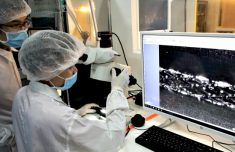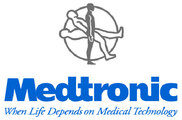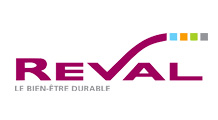
If stents are produced in Vietnam, the price will decrease by 30-40% compared to imports. Photo: A.Q
According to Dr. Nghia, stents are a high-tech medical product, currently only produced by about 40 companies in the world. This device is almost like a spring inserted into clogged blood vessels, allowing blood to circulate again. When a stent is placed into a blood vessel, it will stay there for life, so production conditions are strict, requiring the use of high technology. The materials that make up the stent must be compatible with the human body, not to mention very strict sterile, biological, chemical… conditions.
It is estimated that each year Vietnam spends billions of dollars to import medical equipment, with stent imports alone costing about $50,000. In Southeast Asia, only Singapore can currently produce stents thanks to importing technology from Switzerland. If stents are produced in Vietnam, the cost will be reduced by 30-40% compared to imports.
Currently, on average, each stent placement costs 70-100 million VND, with imported stents alone costing 45 million VND. Although partially paid by Health Insurance, this cost is still quite large for poor patients. Each year, Cho Ray Hospital has about 20,000 patients in need of stent placement to clear coronary artery blockages.
Coronary artery disease is the leading cause of death in the world. The narrowing of the coronary artery due to atherosclerosis or vasospasm reduces blood flow to the myocardium, causing myocardial ischemia. If the atherosclerotic plaque ruptures, it activates the process of blood clotting and platelet aggregation, creating blood clots that block blood vessels, causing a very dangerous acute myocardial infarction.

It is expected that after meeting domestic demand, Vietnam will export stents to other countries. Photo: A.Q
The drug-eluting stent “made in” Vietnam has been completed and is waiting for the Ministry of Health to grant a marketing license for mass production and wide distribution on the market. It is expected that after meeting domestic demand, Vietnam will export to other countries.
According to Minister of Health Nguyen Thi Kim Tien, the country currently has about 170 enterprises producing medical equipment, bringing many quality products to the market. A number of high-tech products such as X-rays, electric scalpels, patient monitors… have also been researched and produced, but still have difficulty finding output, markets and competing with these products. imported.
The Ministries of Health, Finance, Industry and Trade have coordinated to develop and submit to the Government many solutions to support domestic medical equipment production.












